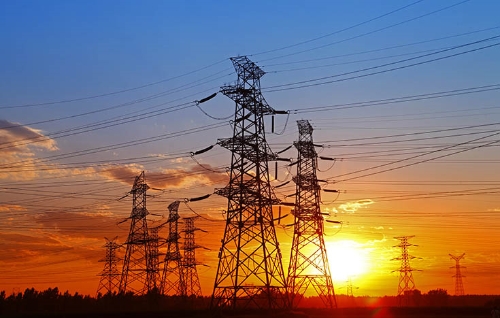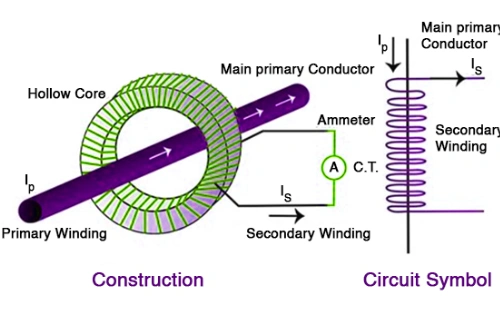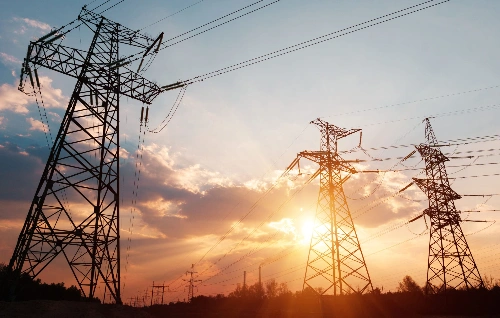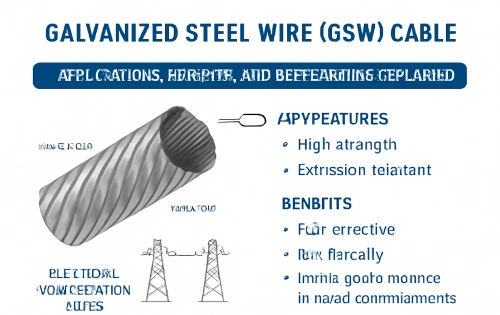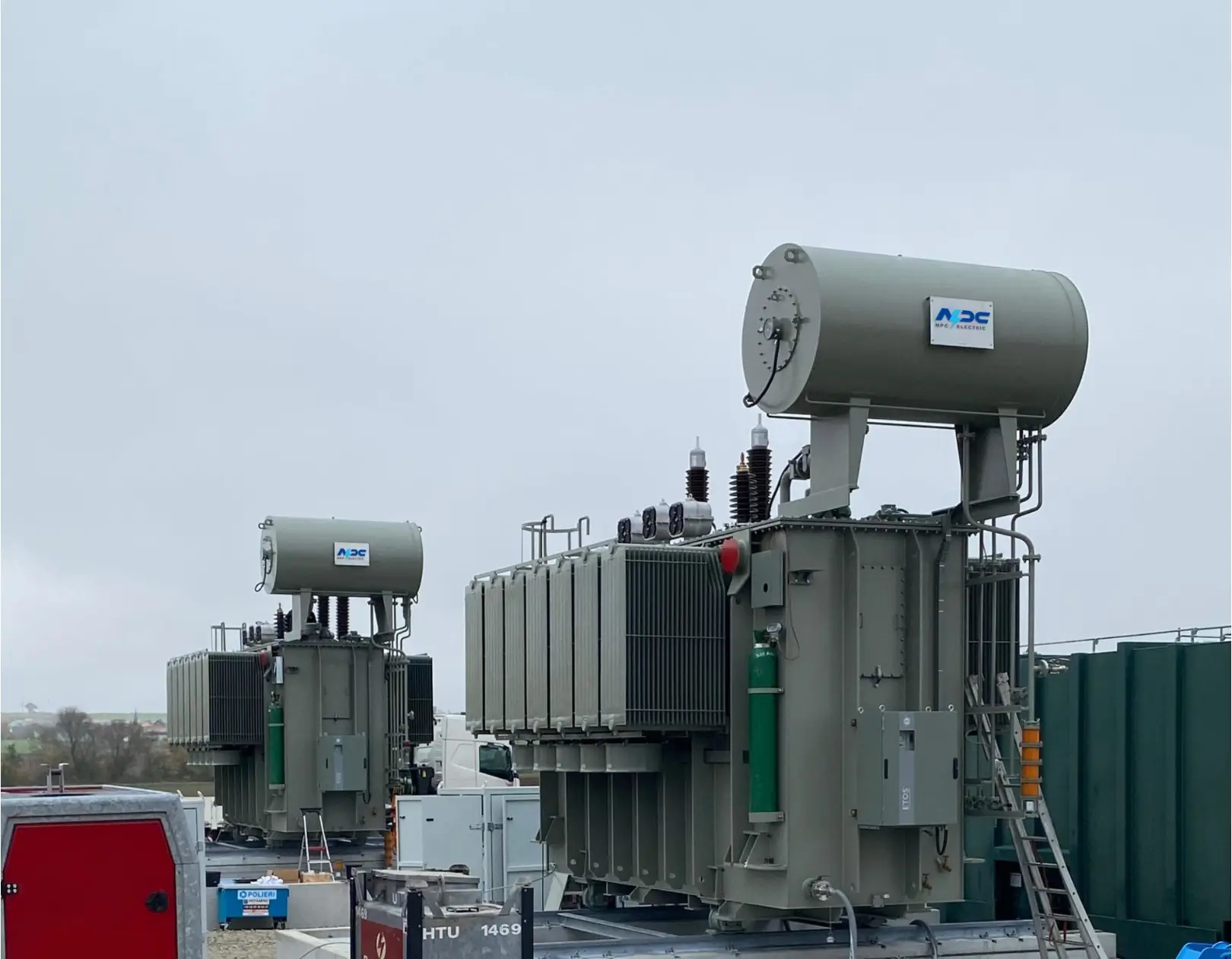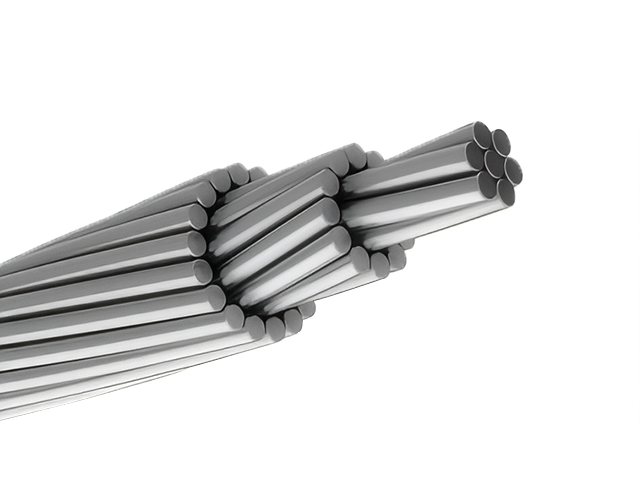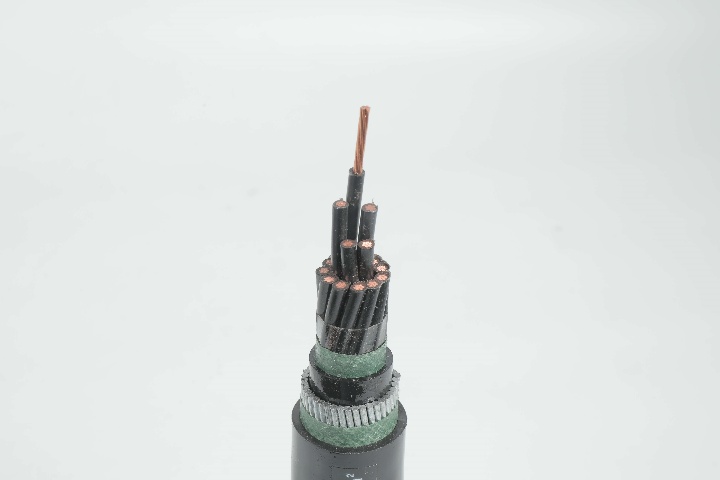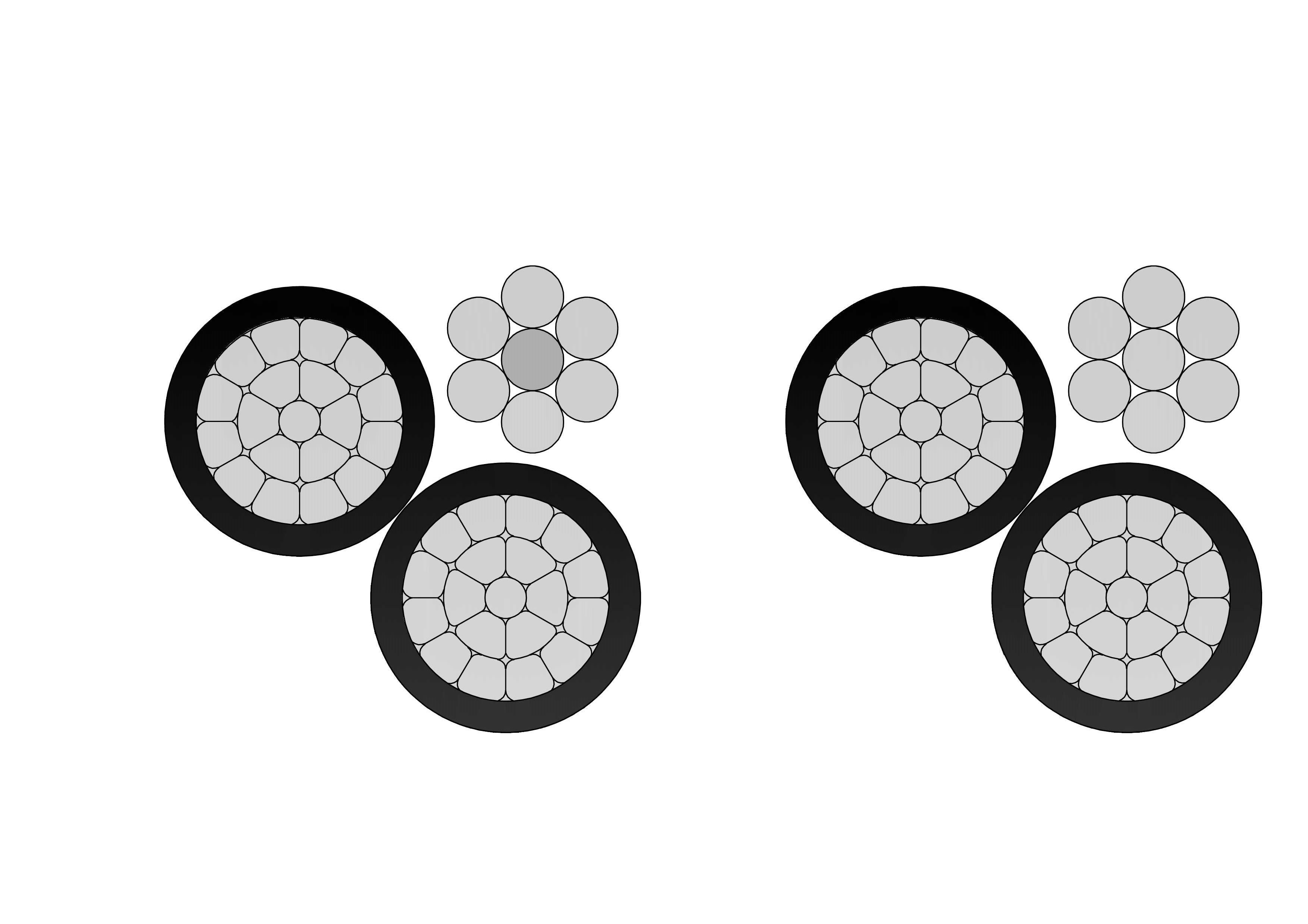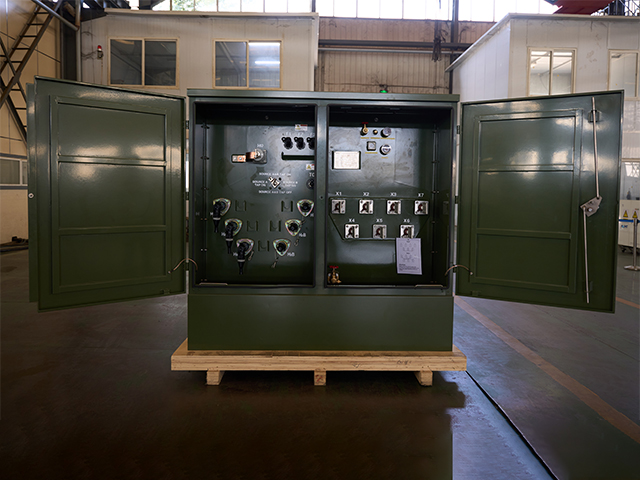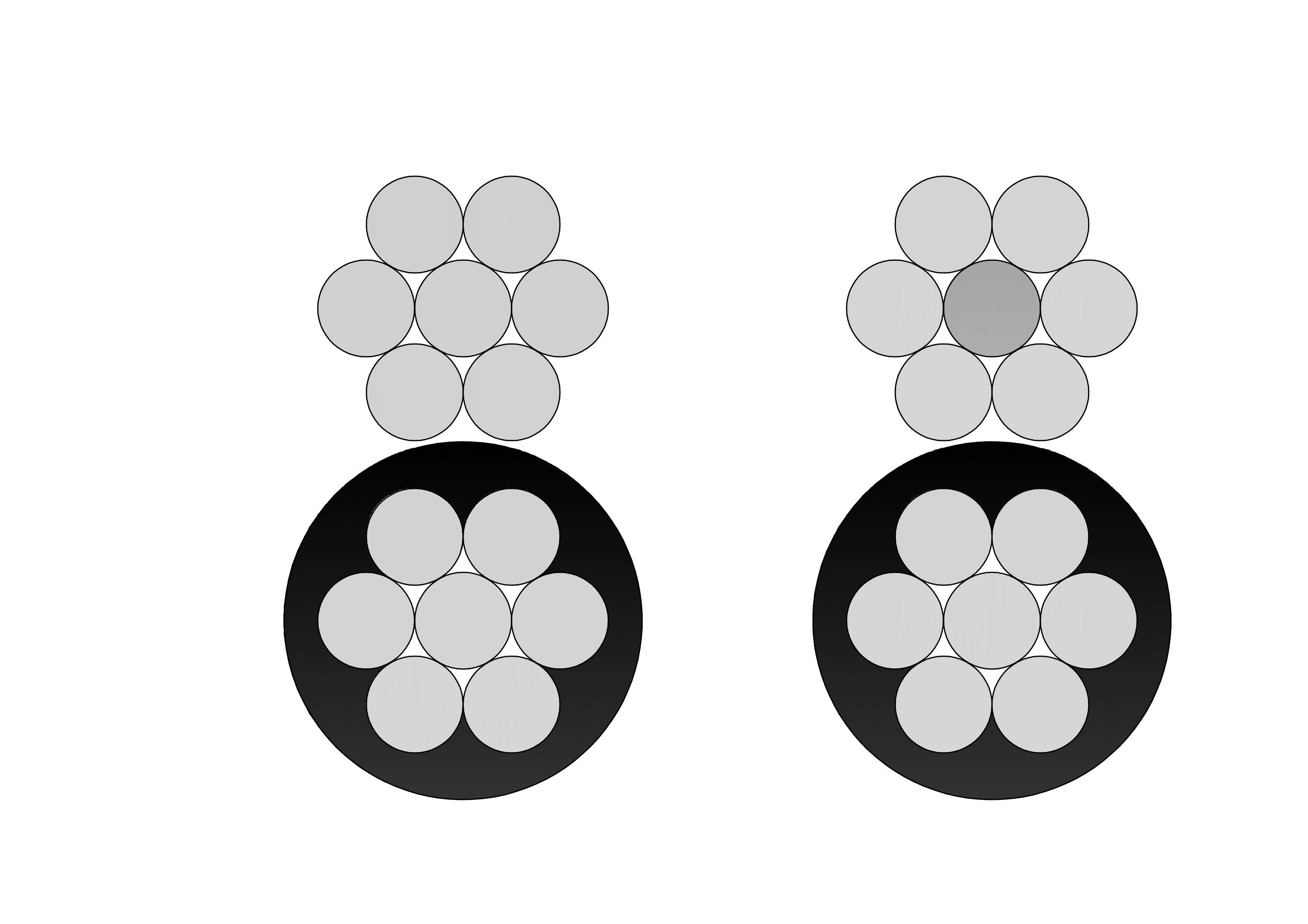3D Printing Transformer Models: Can It Be Done and How?
3D printing is transforming industries from manufacturing to hobbyist projects, and one fascinating application is creating transformer models. Many enthusiasts wonder: Can transformer models be 3D printed effectively? The answer is yes, provided you use the right 3D printer, high-quality 3D print files, and, if needed, a professional 3D printing service such as Sculpteo.
The Basics: What a 3D Printer Can Do for Transformer Models
A modern 3D printer can replicate highly complex shapes, making it ideal for producing transformer models. Printers using FDM (Fused Deposition Modeling) are suitable for entry-level users, while SLA (Stereolithography) and SLS (Selective Laser Sintering) offer higher precision and smoother surfaces. These technologies allow hobbyists to 3D print both small collectibles and larger prototype models.
Finding 3D Print Files for Transformer Models
The first step in any 3D print project is sourcing the right 3D print files. Websites like Thingiverse, MyMiniFactory, and Cults3D host thousands of 3D print models, including fan-made transformer designs.
Best Platforms for Downloading Free and Paid Files
Free files are a great start, but premium files often include more detailed articulation and optimized designs for smooth printing.
Choosing the Right Format for Your 3D Print
Most transformer model designs come in STL or OBJ format, both compatible with common slicing software. Always check whether support structures are needed or if the model is designed in multiple parts for assembly.
DIY Printing vs. Using a 3D Printing Service Like Sculpteo
Not everyone has access to a reliable 3D printer, and this is where professional services come in.
When to Use Your Own 3D Printer
Printing at home is cost-effective and rewarding for hobbyists. It allows for trial-and-error learning and customization of designs.
Advantages of Professional Services
A 3D printing service like Sculpteo provides higher precision, wider material choices (such as resin, nylon, or even metal), and faster turnaround. Upload your 3D print files, choose a material, and Sculpteo will ship the finished transformer models directly to you.
Optimizing 3D Print Models of Transformers
Once you have your design, the challenge is producing a functional and attractive model.
Printing in Multiple Parts for Movable Joints
For transformable figures, designers typically split the 3D print models into smaller components that can be assembled afterward, ensuring joints remain movable.
Post-Processing and Finishing for Realistic Results
To achieve a professional look, sanding, priming, and painting are essential. Resin coating can also add durability and a glossy finish, making the model resemble factory-made toys.
The Future of 3D Printing Transformer Models
The future looks promising for 3D printing transformer models. With multi-material 3D printers, it will soon be possible to print articulated joints and full-color designs in a single process. As costs decline, both hobbyists and professionals will benefit from creating custom transformer models with unprecedented ease.
Conclusion: Can You 3D Print Transformer Models Successfully?
Yes — with the right tools, 3D print files, and sometimes the help of a 3D printing service like Sculpteo, anyone can create detailed and functional transformer models. Whether you want a unique collectible or a prototype for engineering, 3D printing opens exciting possibilities for customization and innovation.

